Ashtanga Yoga: What Our Challenges on the Mat Teach Us About Our Challenges in Life

Our greatest growth exists on the other side of our greatest challenges. When viewed from this perspective, challenges are not to be avoided, but rather actively sought after.
As yogis, this is what we do. We systematically self-administer challenges through various tools and practices. One of these tools is yoga asana.
(Asana means posture, or “meditative seat” in Sanskrit, the classical language of India.)
Sometimes, however, our asana practice can begin to feel stagnant. This is our inner teacher — our “Sat-Guru” — tapping its finger on our hearts, whispering, “I’m ready to teach you more. Let’s find a new challenge.”
When this happens, exploring an asana lineage that you are unfamiliar with may be the way to honor your Sat Guru’s request.
When my inner teacher inspired me to seek out a new challenge, I found the Ashtanga Yoga Lineage.
In Ashtanga Yoga (translated to the “Eight Limbed Path”), asana is practiced in one of three set series: the primary, intermediate, or advanced. Each series vigorously challenges even the most skilled Ashtangis to two hours of obscure poses, some unique to only Ashtanga.
My Sat Guru challenged me with Ashtanga because it knew this lineage bore the lesson I needed most for my own growth. Everything from the warm-up, to the breath count for each asana, to the direction of the gaze — all whisper the same lesson…
Just Keep Moving
On the morning my Ashtanga practice began, I stared down at my toes from the very first pose of the series, Tadasana (Mountain Pose). As I stood there, I noticed that I already felt defeated by the long, unfamiliar sequence before me.
I took a deep Ujjayi breath in, released it, and swept my arms overhead to begin my first Surya Namaskara A (Sun Salutation A). It only took me to that first down dog to hear my Sat Guru mutter this lesson on my inner ear…
It said, “Do not allow yourself to become stagnant. Do not think about the long series waiting for you. Do not even think of the next pose. Only move. Only breathe. One moment at a time. This is how we move forward.”
One movement, one breath, one moment.
This is how the Ashtanga warm-up is artfully designed. By beginning the long (honestly, overwhelming) series in this way, the flowing sequence takes us right out of our heads and into our bodies.
Suddenly, we aren’t thinking about the gravity of the task at hand any longer. Instead, we get lost in the flow. We get lost in moving forward through the sequence.
On the mat or off, the same lesson applies.
Just keep moving.
Flowing Forward By Accepting Where We Are
After the warm-up, each pose in Ashtanga is held for five breaths, often followed by an ardha vinyasa (half flow or half sun salutation) as a transition to the next pose.
This five-breath hold is intentional, so breathe into each of them with purpose. The challenge here, for me, has been to let go of the pose and move on after my fifth breath, whether I feel I experienced the full pose or not.
Though it feels like an intentional choice to work into the pose more deeply, it is only a trick. It is the mind and our thoughts creeping back in, telling us we must accomplish the full pose, now.
Attempting to do so doesn’t really move us forward, however. It causes us to wriggle and squirm, reaching for a pose that is not yet ours. When we get caught up in this reaching, we literally get caught up in the pose.
We get stuck in it. We get stuck in non-acceptance, which only keeps us bound to exactly where we are.
In order to progress forward, we have to accept where we are today.
The five-breath count in Ashtanga reminds us that in order to progress forward, we have to accept where we are today, let go, and then move on. By flowing one breath at a time to the next asana, we release the mind’s grip on the previous one, and keep our sight set on moving forward.
Forward Focus is Inward Focus
As it turns out, where we set our sights in Ashtanga is pretty important, as each pose particularly orients our gaze through Dhristi. Dhristi is an object of singular focus. It at once pinpoints our awareness on where we are, and our highest intention of where we want to go.
The external Dhristi — whether it be an outstretched big toe, or across the bridge of the nose into the horizon — steadies the mind, clearing the internal path towards the pose’s refinement.
All we must do is set our sight on an intention and it is already ours.
Where the gaze goes the body, mind, and spirit follow. Dhristi teaches us that all we must do is set our sight on an intention and it is already ours. All we must do is continue to move forward in the direction of our gaze.
The Real Lesson of Asana
Within each and every challenge — be it a yoga pose or an unfamiliar sequence… fear in vulnerability, or feelings of unworthiness — whatever the challenge may be, it exists only to reveal the path to our own freedom.
For me, the challenges in Ashtanga showed me how often I become stagnant in my life. It revealed to me my habit of standing before something I truly care about and becoming so overwhelmed that I never move forward.
But Ashtanga didn’t just show me the challenge. It also showed me the solution. It showed me that it does not serve us to face a challenge just to become overwhelmed by fear. It does not serve us to avert our gaze, allowing ourselves become distracted.
The only thing that serves us is to breathe and move straight through the challenge itself. This is how we learn. This is how we grow. And as long as our Dhristi is set, we can trust that this is also how we move forward.


This Month's Letter
From the Editor
Monthly motivation and food for
thought from our founder.

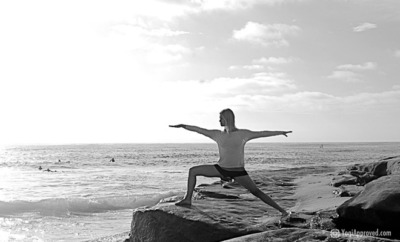
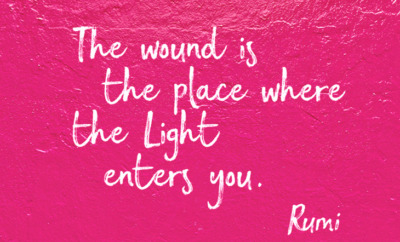


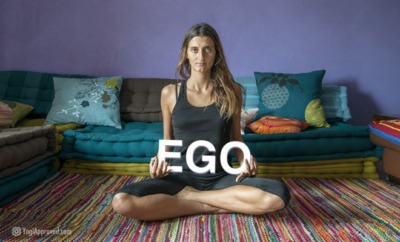
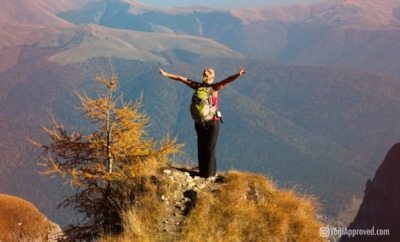





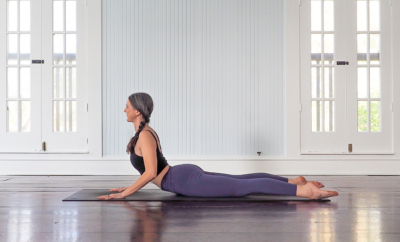











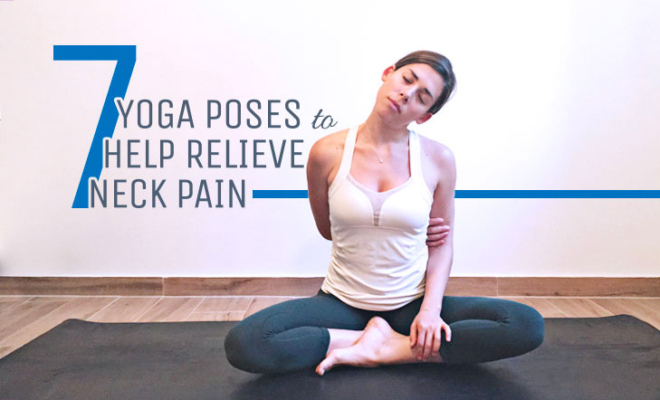




Comments